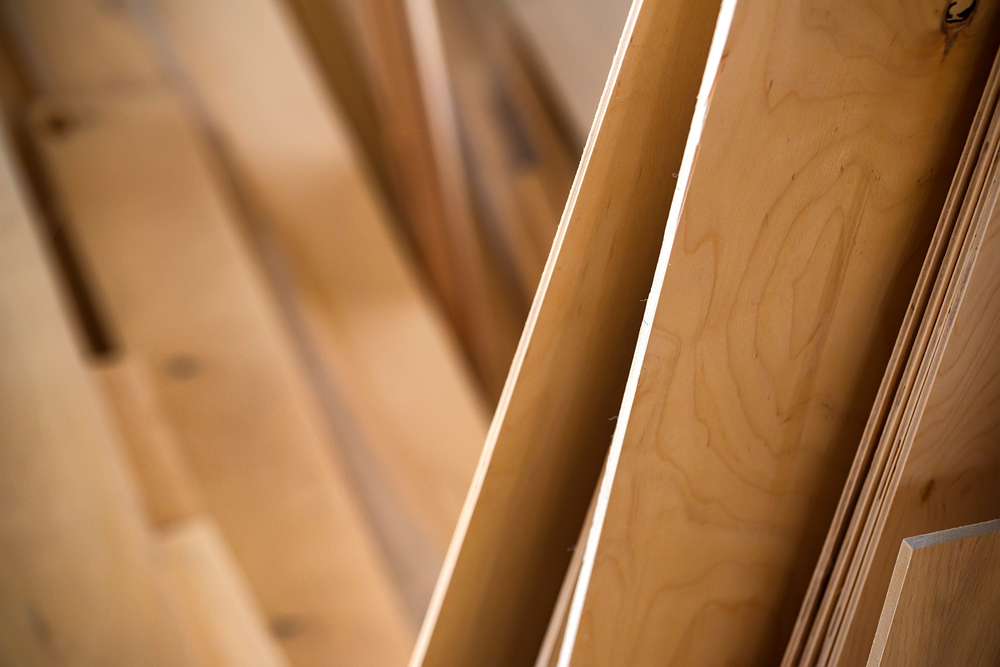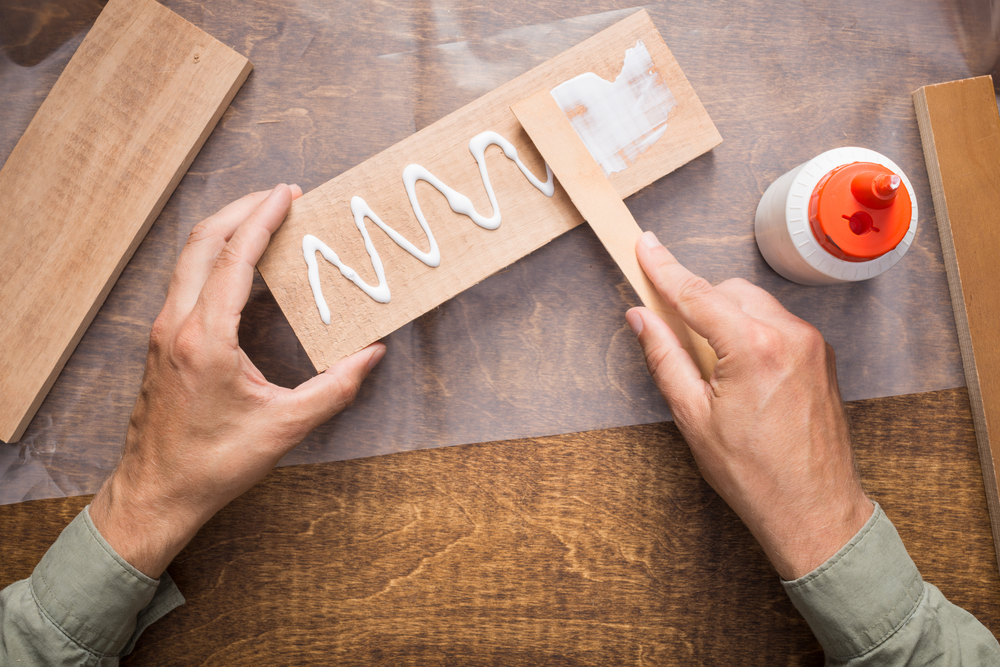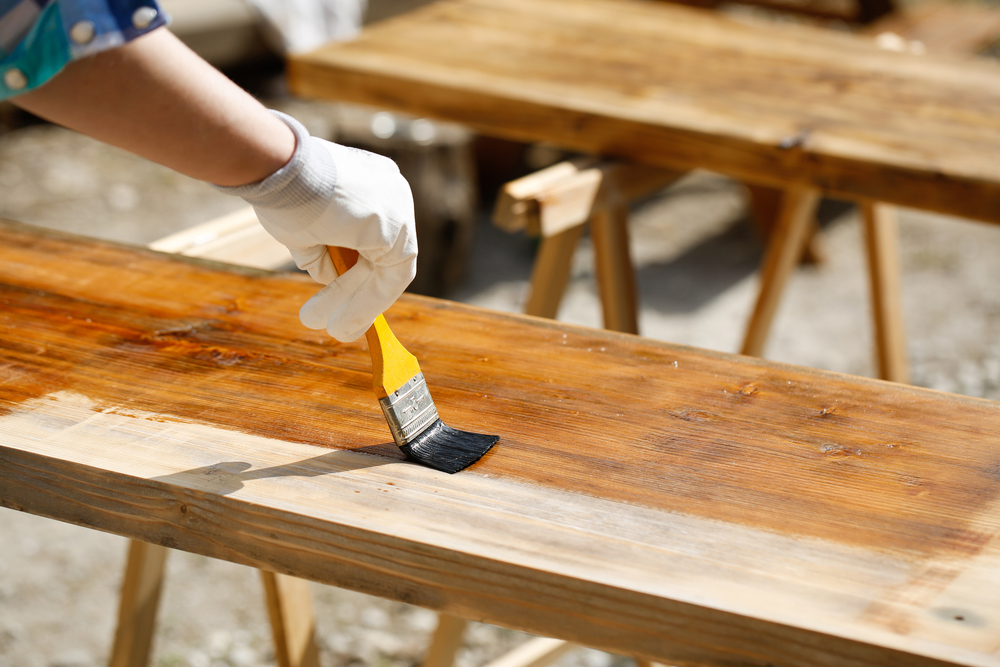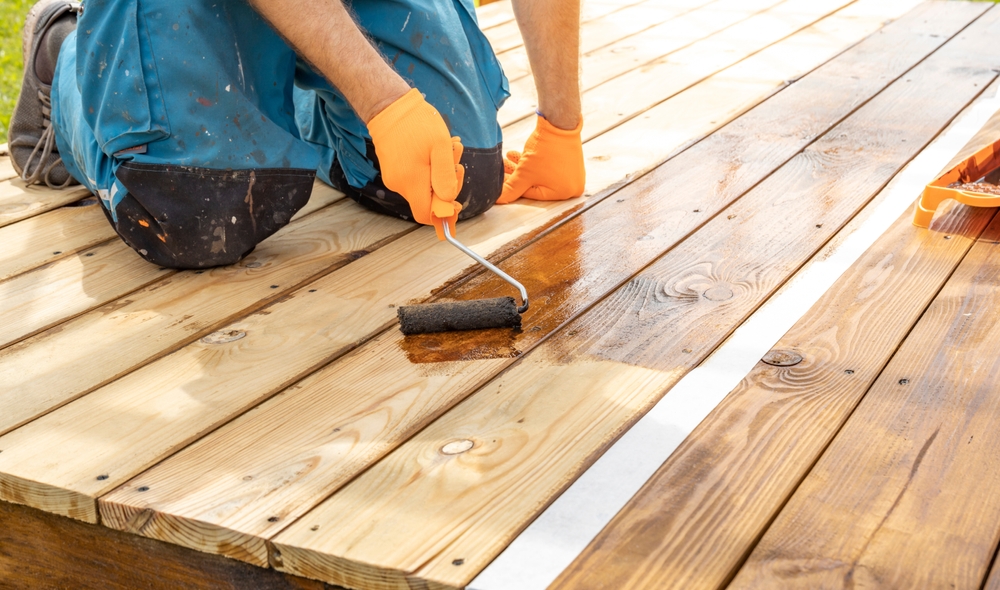The Difference Between Brad Nailer and Finish Nailer
Nail guns revolutionized woodworking and construction. Among these, the brad nailer and finish nailer often confuse even seasoned craftsmen. While they share similarities, understanding their differences is crucial for choosing the right tool for the job.
What is a Brad Nailer?
Brad nailers shoot 18-gauge nails, known as brads. These nails are smaller in diameter, allowing for a narrower profile. They leave a smaller hole, reducing the need for putty or filler after installation. Brad nailers are ideal for delicate wood trims. Because of the thin nails, they reduce the chance of splitting thin wood pieces. Their holding power, though, isn’t the strongest. They’re not suited for heavy-duty projects but excel in detailed woodwork, like attaching trims or moldings.
What is a Finish Nailer?
Finish nailers use 15 or 16-gauge nails. These nails are thicker, providing greater holding strength. Finish nails provide stronger connections, suitable for heavier materials. Finish nailers work well for thicker trims, baseboards, and crown moldings. They can penetrate thicker wood without bending. Because of the larger nails, there’s a need for filling holes due to the larger size. Despite this, they hold the material much snugger and stronger than brad nails.
Key Differences
- Gauge: Brad nailers use 18-gauge nails, while finish nailers use 15 or 16-gauge nails. The smaller the gauge number, the thicker the nail.
- Size of Nails: Brad nailers accommodate smaller nail lengths. Finish nailers accept larger, thicker nails.
- Holding Power: Finish nailers have a stronger hold due to larger nails. Brad nailers are better for lighter materials and applications.
- Applications: Brad nailers are suited for delicate work like decorative trims. Finish nailers are versatile, handling heavier applications.
- Impact on Material: Brad nailers reduce the risk of splitting. Larger nails from finish nailers might split thinner materials.
Considerations When Choosing
Understand the nature of your project. For subtle trim work, a brad nailer is optimal. Its smaller nails create a clean, minimal hole. Paint or fill easily hides these. If strength and durability are necessary, opt for a finish nailer. These are better for structural applications that require strength and support. Evaluate the material. Thin wood benefits from brad units, which minimize damage. Denser materials require the strength of finish nails. Factor in the finish. Final appearances matter. While the nail holes from a finish nailer might require more filling, the hold is superior where it counts.
Common Applications
Brad Nailers: They’re the tool of choice for crafts where aesthetics and precision matter. Picture frames, lightweight paneling, and ornamental trims benefit from brad nailers. Upholstery work often uses these for attaching fabric to wood trims.
Finish Nailers: These tools tackle robust tasks. Baseboarding, crown molding, and exterior trim work require the reliability of a finish nailer. Use finish nailers for assembling cabinetry or constructing large furniture pieces.
Power Sources and Designs
Most brad and finish nailers come in pneumatic and cordless models. Pneumatic models, connected to air compressors, provide consistent power. They’re preferred in workshop settings. Cordless variants, powered by lithium-ion batteries, offer flexibility. They’re advantageous for remote work sites without easy access to compressors. Consider mobility, frequency of use, and portability when selecting a power source. Cordless options might be heavier due to battery packs. Pneumatic options require compressors, which tether the operator to a power source. Evaluate which suits the work environment better.
Maintenance and Upkeep
Like all power tools, maintenance extends the tool’s lifespan. Clean and oil the mechanisms regularly. Store tools in dry environments to prevent rust. For pneumatic models, check air hoses for leaks or damage. Cordless models require battery care. Charging and storage protocols help maintain battery life. Clean the housing and remove any debris or byproducts from use. Check for any loose components. Consistently inspect the firing mechanism. Ensure it’s free of obstructions. Use recommended oil for lubrication to keep the tool in optimal condition.
Conclusion
Both brad nailers and finish nailers have their place in woodworking and construction. Understanding their differences helps in choosing the correct tool for a specific task. Gauge, nail size, and material handling are core factors to consider. Evaluate project needs carefully. With proper usage, both tools provide efficient results. Invest in quality tools for optimal performance. Proper care ensures their longevity. Equipping oneself with knowledge improves not only the outcome but also the process of getting there. Consideration and understanding lead to the best results in craftsmanship and construction.
“`






